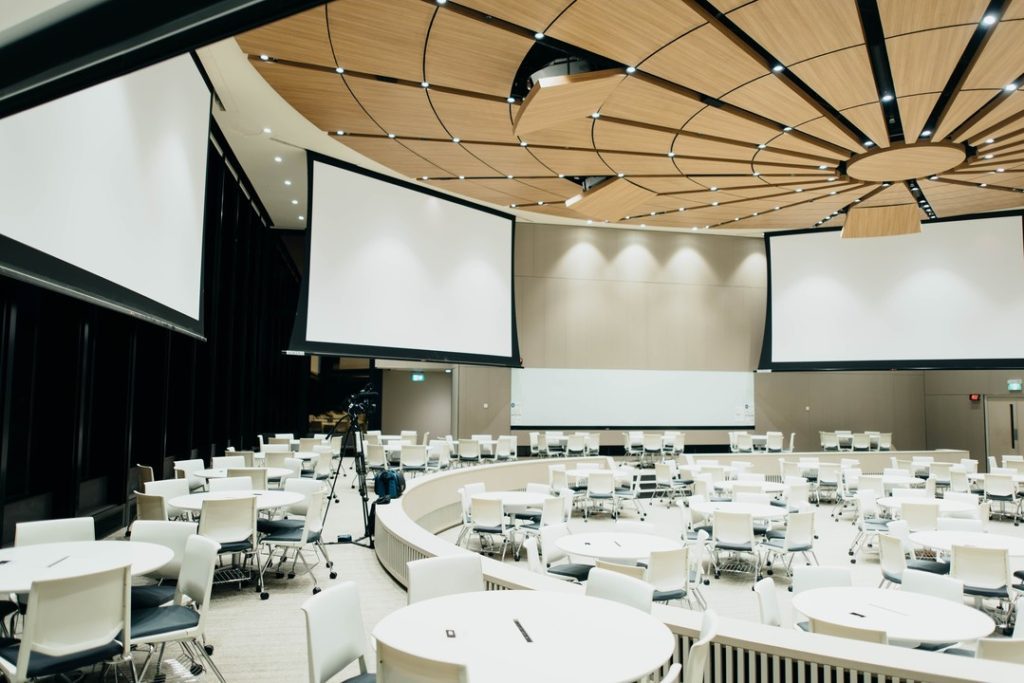Remember the optimism of last spring, when we looked toward the promise of a mask-free summer and the return to normalcy in the fall? When we thought workers would repopulate their offices, pumpkin lattes in hand, and all would be well again? Us too. While we remain positive about the future of the office, real changes appear to be here to stay
But with the Delta variant now very much in play and a large part of the population not ready to trade remote work for a return to full-time office life, employers need to continue to be creative in accommodating a hybrid workforce. Dispersed teams need both physical and virtual spaces that enable safe collaboration; technology specific to blending the two is the key to maximizing productivity and keeping coworkers connected.
Cubicle life is over
In an effort to shift the traditional office-centric design to a human-centric one, one recent survey suggests that companies need to focus on creating an environment that empowers employees to choose where, when and how they work. The report went on to say that organizations providing high levels of flexibility are almost three times more likely to see high employee performance.
Welcoming on-site workers to a space that supports a flexible model means thinking more along the lines of a neighborhood cafe. Movable workstations, open areas, rooms for collaboration and even outdoor spaces all contribute to providing a casually productive atmosphere; one that employees can utilize on their own schedule. Add in perks like access to a fitness center or doggie daycare and you’ve got yourself a true destination spot.
Setting the stage
So with the look and feel of a coffee shop, what technology is needed? The kind that brings virtual coworkers into the mix by making sure they can see any shared screens, jump in on any conversations, and participate without lag time. Whiteboard brainstorming sessions, consistently visible content and small group exercises need to be configured via tech to replicate real-time collaboration. This can mean using multiple monitors, movable displays or extra speakers where needed.
Just as important as considering what you want to share with virtual attendees is avoiding what you don’t want to share with them. Namely, the tiny sounds we don’t even think of during a meeting, but which can completely overwhelm the audio for those at home. Ever tried to hear what’s being said in the conference room while a coworker unwraps a sandwich next to the table microphone? Not easy. Placing multiple microphones around the room is a quick fix for a common problem, enabling better engagement from all attendees whether in-person or virtual.
The hybrid workplace is here to stay, and that’s a really good thing. By listening to employees, creating a flexible and conducive space and utilizing technology that’s readily available to blend interaction between workers on-site and at home, this newfound office model might just push us all to discover new capabilities.



